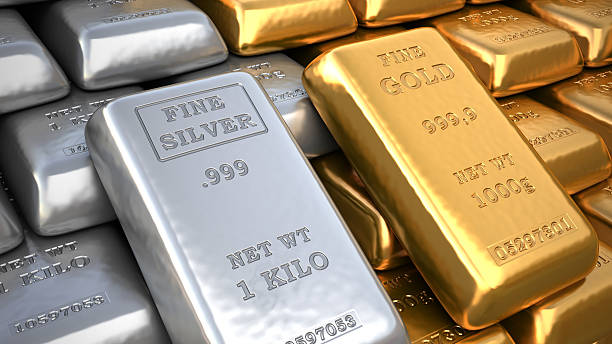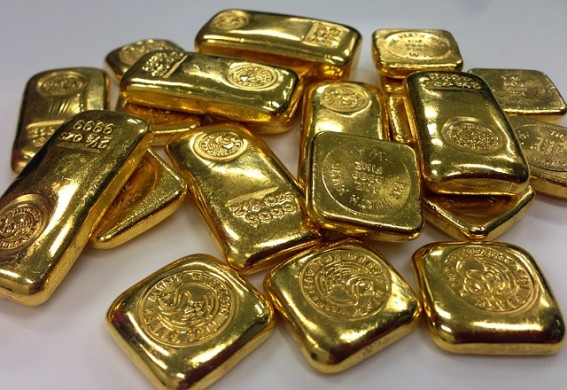Charlie Munger, business partner of Warren Buffett and leading thinker on investment matters, said:
“Over the long term, it’s hard for a stock to earn a much better return than the business which underlies it earns. If the business earns 6% on capital over 40 years and you hold it for that 40 years, you’re not going to make much different than a 6% return even if you originally buy it at a huge discount. Conversely, if a business earns 18% on capital over 20 or 30 years, even if you pay an expensive looking price, you’ll end up with a fine result. (The Art of Stock Picking).
Today I want to analyse Braemar (LSE:BMS) with Charlie Munger’s thought in mind. If Braemar has few competitive advantages, i.e. little pricing power, then it will show a poor return on tangible assets.
If, however, the various rivals in its industry have settled down to a more, shall we say, gentlemanly, approach to pricing their services then we might expect high returns.
The industry might benefit from having only a few rivals, which may result in implicit cooperation on price, as well as limited potential for new entrants to attack the incumbents because they have strong long-term relationships with clients (some “customer captivity”).
The industry might also benefit from suppliers having little power to raise their prices.
Also substitutes for these personalised and expert services might be hard to invent or introduce.
Assets and profits
| £m | Total tangible assets (start of year) | Operating profit | Return on tangible assets (%) |
| 2010 | 72.9 | 12.9 | 17.7 |
| 2011 | 79.7 | 12.9 | 16.2 |
| 2012 | 70.2 | 9.4 | 13.4 |
| 2013 | 75.0 | 9.0 | 12.0 |
| 2014 | 77.5 | 9.3 | 12.0 |
| 2015 | 71.2 | 11.3 | 15.9 |
| 2016 | 81.9 | 13.8 | 16.8 |
| 2017 | 78.8 | 2 (a guess) | 2.5 |
| Average over 8 years | 13.3 |
This is a good return on tangible assets. Even after tax it is around 10%.
If Munger’s relationship holds, with a return on tangible assets is of 10% after tax, the return on the share, if currently appropriately priced, would be 10% over a lengthy period (say decades).
But what is the current appropriate price? This share has fallen from around £5.40 to £2.55 over the last two years due to the recent fall in profits and accompanying pessimism.
If we can expect earnings per share to return to the historic average of 35.6p per share then we would be buying on a PER of £2.55/0.356 = 7.2.
But a more normal PER, based on the historical average eps of 35.6p, would be if the share was back at £5.40, i.e. £5.40/0.356 = 15.2.
Thus there are two uplifts:
(1) the movement back to a more normal cyclically adjusted price earnings ratio, and
(2) the growth in value due to the return on tangible assets produced in future years.
Mr Market’s assumptions
Mr Market is assuming that neither of these things will happen because he expects profits to be permanently at a low level.
Just how low is the growth rate he’s expecting? Perhaps we can use the dividend discount model to make an estimate.
This states that all future dividends should be discounted to the present value. A short-hand formula for that calculation is to, first, to take next year’s dividend and assume a constant annual growth rate of that.
Second, divide this dividend by the appropriate discount rate for this risk class of shares minus the annual growth rate.
For the discount rate I’ll take 8%, expressed as 0.08 in the formula. The debate on how to estimate this is complicated, but there are two chapters on the subject in my university textbook on corporate finance if you would like to read up on it (too many issues to address here today).
To gain a feel for the values I’ll assume Mr Market is expecting zero growth in the dividend of 14p (We can adjust later for the fact that for the six years to 2016 the dividend was 26p, not 14p):
Under these assumptions the current share price using the discounted dividend model should be 14p/(0.08 – 0.00) = £1.75
I’ll tweak the growth rate to see if I can get to Mr Market’s current share price. Let’s try 2.5% growth per year in the dividend to a very long term horizon:……………To read the rest of this article, and more like it, subscribe to my premium newsletter Deep Value Shares – click here http://newsletters.advfn.com/deepvalueshares/subscribe-1


 Hot Features
Hot Features













